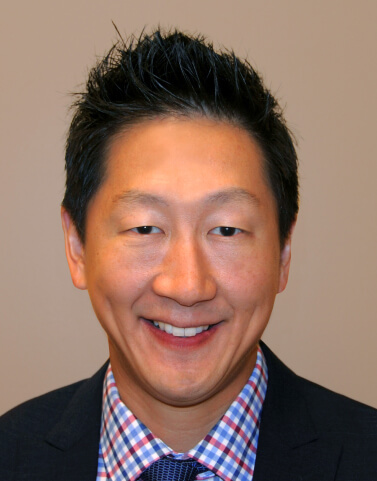- Surgical Procedures
- MedSpa
- Weight Loss
- Before & Afters
- About
- Patient Resources
- Testimonials
- Videos
- Contact
Anesthesia Options here at Aesthetic Facial Plastic Surgery with Seattle's Dr. Philip Young & Rikesh Parikh
Many people wonder about what type of anesthesia they will be getting during a procedure. Here at Aesthetic Facial Plastic Surgery we can do all levels and this will depend on the type of procedure and your particular preferences. Generally, the more invasive the procedure is the more anesthesia you will require. We will do our best to tailor a plan just for you!
Local anesthesia can be used for minor scar revisions, removal of small lesions, minor rhinoplasty procedures, fillers, Botox®, some eyelid surgery procedures, minor otoplasty procedures, and small lip procedures. This type of local anesthesia should be for someone that can tolerate needles and being more aware of the procedure. If you aren’t then you might need to do the second level of sedation where we would administer oral sedation with valium. One thing to remember is that if you do get some general sedative, either orally or intravenously, you should have a caretaker to take care of you where ever you go. Here at Aesthetic Facial Plastic Surgery we make this a requirement for your safety. We can help you with this if you don’t have someone to take care of you after your procedure. You can call us at (425.990.3223) or email us to help you set this up.
Intravenous (IV) sedation is usually done with procedures such as face / neck lifts, rhinoplasty, otoplasty / ear shaping, eye shaping / blepharoplasty, major fat injections, co2 laser resurfacing / dermasanding / dermabrasion, placement of facial implants, placement of chin / cheek / implants, chin reductions, and transgender surgeries. With IV sedation, you will be sedated but still somewhat aware to a minimal degree. With this second level of anesthesia, we use a combination of versed and fentanyl to achieve a comfortable state. You will likely not remember anything related to the procedure with the second level of anesthesia.
“My goal was to find a method to bring back a person’s natural youthfulness without the operated, unnatural look and that is why I have my patients bring in photos of them when they were age 5 to 30. My YoungVitalizer helps restore natural and youthful contours they haven’t seen in years.”
—Dr. Philip Young, Seattle Facial Plastic Surgeon




If you would like to be sedated to an even deeper level where you will be much less aware, the next level to choose would be to have IV sedation with a CRNA (certified registered nurse anesthetist). We call this the third level of sedation. With their help, we are able to sedate you to a deeper level with the use of stronger medications (combination of versed, fentanyl, propofol, ketamine) through your IV.
Beyond, this you would need general anesthesia during which you will be totally under deep sedation. This is our fourth level of sedation. During this type of anesthesia, because you are so sedated, you will need a breathing tube to support your breathing.
This is a beginning of the discussion on what type of anesthesia most suits you. During your consultation, you can ask us more questions regarding this and we will help find the best choice to fit you personally. Based on our experience, where we do 3-6 major procedures a week, most of our clients seem to feel the most comfortable with the second choice. We generally find that most people do much better with that route. They have less nausea. They recover faster. It is also much less expensive for people with the second choice of anesthesia.
Are you a candidate for a plastic surgery procedure? From a health standpoint we typically operate on patients who are class one or two under the American Society of Anesthesiologists classification system based on physical status. Two weeks before your procedure we usually have a pre-procedure appointment to get you ready for your procedure. We have our own criteria for getting a medical risk assessment. If you are over age 50 or you're younger than 50 with significant medical problems including a greater than 10 pack your history of smoking we will request a medical risk assessment from primary care doctor or specialists that are important. We also may review your health with any involved anesthetist or anesthesiologist. Below are the six classifications based on the ASA physical status classification system:
